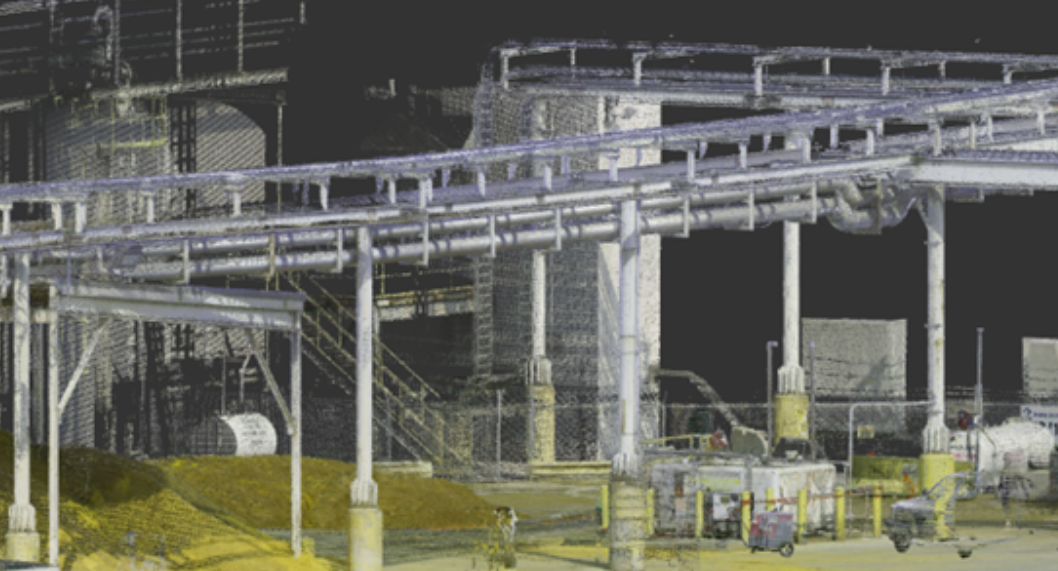In the dynamic and ever-evolving Architecture, Engineering, Construction, and Operations (AECO) industry, making informed decisions is crucial for successful project outcomes. Laser scanning technology has emerged as a powerful tool that empowers architects and engineers to gather accurate data, streamline processes, and make well-informed decisions throughout the project lifecycle.
1. Precise Data Acquisition: Laser scanning enables architects and engineers to capture precise and detailed measurements of existing structures, landscapes, equipment, and objects with remarkable accuracy. By utilizing lasers to generate point clouds 3D representations of complex environments can be created. This data encompasses not only the visual appearance but also geometric measurements, facilitating a comprehensive understanding of the project site. This precise data acquisition minimizes the chances of human error and provides a solid foundation for decision-making.
2. Improved Design and Planning: With laser scanning and point clouds, architects and engineers can generate highly accurate and detailed 3D models of existing structures or environments. These models serve as a reliable basis for design and planning, allowing professionals to visualize the proposed changes within the context of the existing space. By overlaying new design elements onto the scanned data, potential clashes or constraints can be identified and addressed early in the process. This streamlined design and planning phase enhances efficiency, reduces rework, and ensures that decisions are made based on reliable information.
3. Efficient Project Documentation: Laser scanning provides an efficient means of documenting projects throughout their lifecycle. By capturing the as-built conditions with precision, architects and engineers can create a digital record of the project at any given stage. This documentation proves invaluable for future reference, renovation or retrofitting projects, and for addressing potential issues that may arise post-construction. With a comprehensive dataset readily available, decision-makers can analyze the project’s evolution, monitor progress, and make informed choices when it comes to adaptations or modifications.
4. Enhanced Collaboration and Communication: Laser scanning facilitates enhanced collaboration among multidisciplinary teams within the AECO industry. By sharing accurate and detailed 3D models, architects, engineers, contractors, and other stakeholders can better understand the project’s complexities and make collaborative decisions. This technology promotes effective communication, as stakeholders can visualize and discuss proposed changes, identify potential conflicts, and explore alternatives. The ability to view and analyze the project from various perspectives fosters consensus and helps prevent costly errors or misinterpretations.
In the AECO industry, where decisions can significantly impact project outcomes, laser scanning emerges as a transformative technology. By enabling precise data acquisition, facilitating improved design and planning, ensuring efficient project documentation, and enhancing collaboration and communication, laser scanning empowers architects and engineers to make well-informed decisions, leading to more successful and sustainable projects in the ever-evolving industry.



